Building the Foundation: The Benefits of Integrating Faith-Based Routines in Early Childhood Education
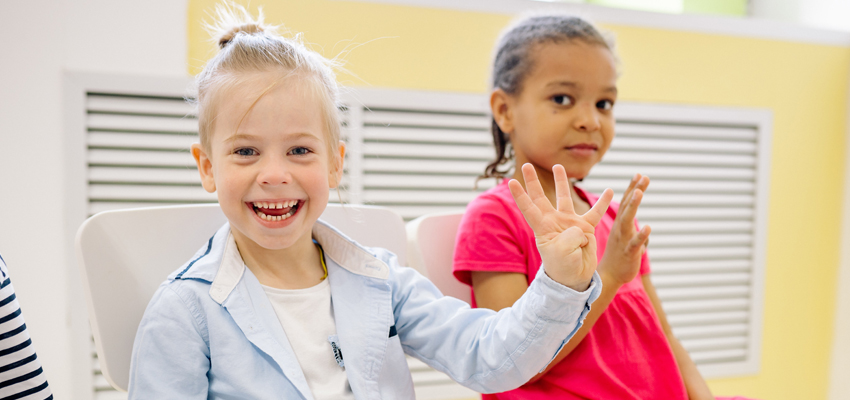
Research has shown that a child’s spiritual foundation and view of the world is developed within their first six years of life (Gillian, 2007). When children hear consistent messages about Christianity at home, at church, and at school, it solidifies their understanding of God and they can practice His teachings in a variety of settings. Early childhood educators help to share these messages and model behaviors for young children in their care.
Master of Education instructor and early childhood consulant, Dr. Jennifer Sturgeon shares applicable lessons or ideas for early childhood teachers working in Christian schools and in a public school setting.
While engaging in class discussions at Northwestern College, graduate students who work as early childhood educators shared their experiences of working in Christian schools. Stories shared included kindergartners pointing out God’s creations while on a nature walk, preschoolers praying for a classmate who was at a grandparent’s funeral and creating artwork representing Heaven, and first graders playing a Bible detective game to better understand the Word of God.
When reflecting on their experiences in the classrooms, these early childhood educators pointed out a strong positive impact of faith-based education on academics and behaviors. I decided to investigate this further and had the opportunity to gather input from focus groups of educators from grades Pre-Kindergarten to Grade 2 on the positive impact that faith-based education has on both individual students and the overall culture of their environment.
Developing Faith-Based Routines
When we think about our youngest learners, students in preschool or in the primary grades, they often do things out of routine and habit. There are certain habits that we have as Christians to help build and strengthen our faith. Praying is modeled for children and becomes a habit early on. Our youngest learners may not fully understand or comprehend the significance of Christian values, however, we do not need to wait until they fully understand (Brim, 2016). The teachers that participated in the focus groups mentioned that they are setting the stage for the child’s future and helping them to develop those faith-based habits to prepare them for when they reach an age where they can begin to reflect on and understand the different aspects of faith.
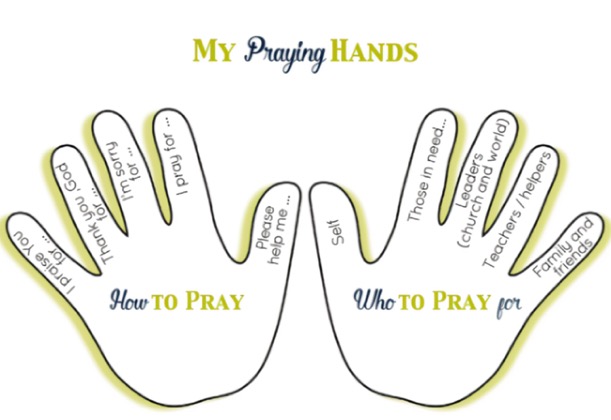
Teachers include prayer as part of the school day and teach children that through prayer, we can communicate with God. Children are encouraged to offer a silent prayer to God each day and are taught the importance of sharing a prayer with peers in their classrooms. When our youngest learners pray, it strengthens their faith and unity and helps them know that they are one before The Lord (Covey, 2018). Prayer is also used to help children take a deep breath, calm down, handle social situations, and complete challenging academic tasks.
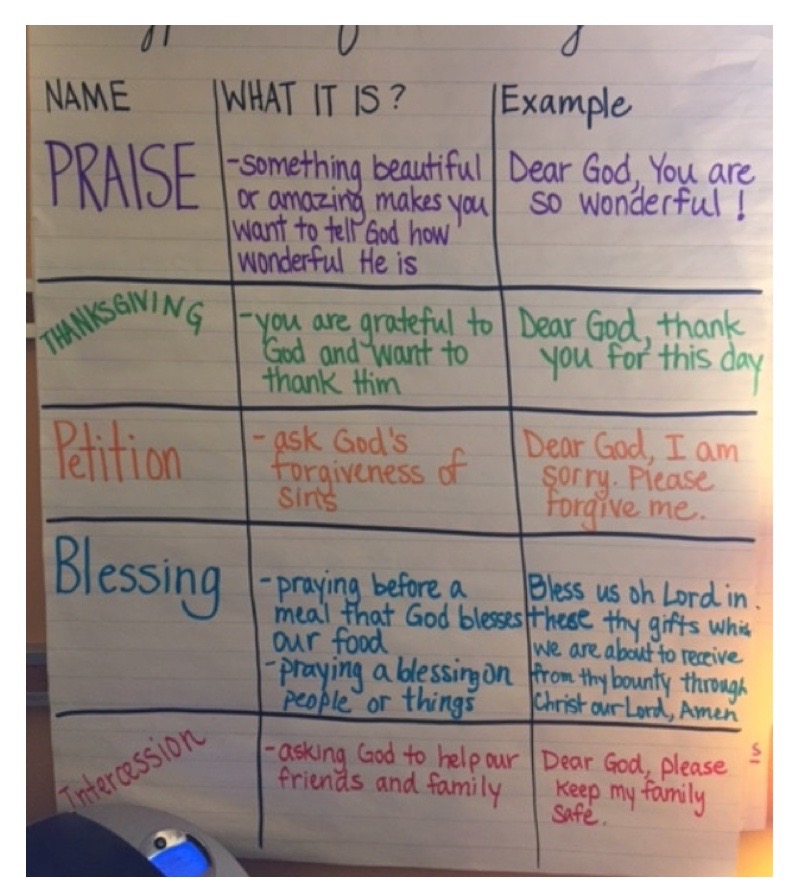
The children also take on different roles and responsibilities related to prayer to help take ownership of their faith. For example, classroom jobs assigned to students include setting up the daily prayer space, writing out the petitions, and choosing the Biblical story or song.
Academics
According to the Council for American Private Education, students who attend religious schools score at an academic level about 12 months ahead of their counterparts (2020). This begins with the strategies used and the curriculum implemented at an early age. After listening to the teachers in the focus groups discuss academics, it became clear that in faith-based programs or schools, academic achievement was a priority at a young age. There were consistent findings that the focus was on preparing children for the next grade level and beyond.
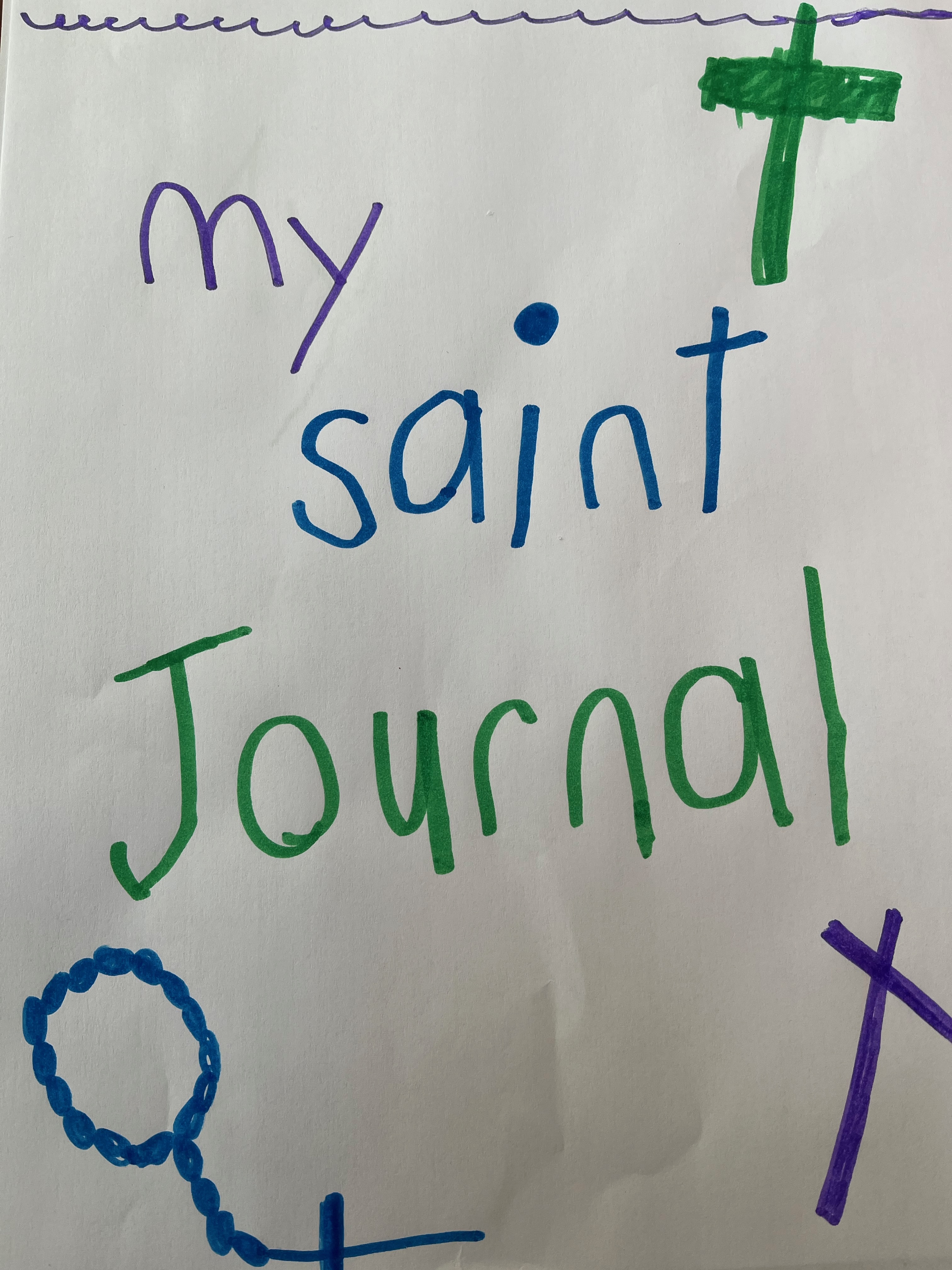
The educators stressed that religion and faith-based practices can be effectively embedded using an interdisciplinary approach. There are countless ways to include faith in all areas of the curriculum. Several examples related to literacy were shared. One teacher described an activity that they did related to descriptive writing. Each student created a Saint Journal and wrote about the characteristics of the saints and then shared their writing with their classmates. Another example focused on teaching the literary elements, such as plot, characters, story sequence, and conflict, and how teachers can use stories from the Bible and have the students draw or write in response the story and the lessons taught.
In addition, the teachers spoke at great lengths about how the students’ talents and gifts from God are promoted, as well as individualization of learning styles. Those teachers who work in early childhood settings have a wide range of children enter their classrooms, with a variety of needs, skills, and background experiences. They focus on the unique potential of their students and modify the curriculum to meet the needs of all students and support each student to reach their potential. They felt that in faith-based settings, the educators were truly there for the students and were willing to go above and beyond. This led to more of a collaborative spirit and everyone coming together to help the students that needed extra assistance.
The focus group participants also noted that the students in faith-based classrooms appeared to be more comfortable taking risks and speaking up in the large group because a culture of kindness and love that had been created in their classrooms. They noted that students were more willing to raise their hand to ask and answer questions without embarrassment or fear. When working with a partner or in a small group setting, peers were helpful and assisted their classmates without judgment. They noted that these peer interactions gave students more confidence.
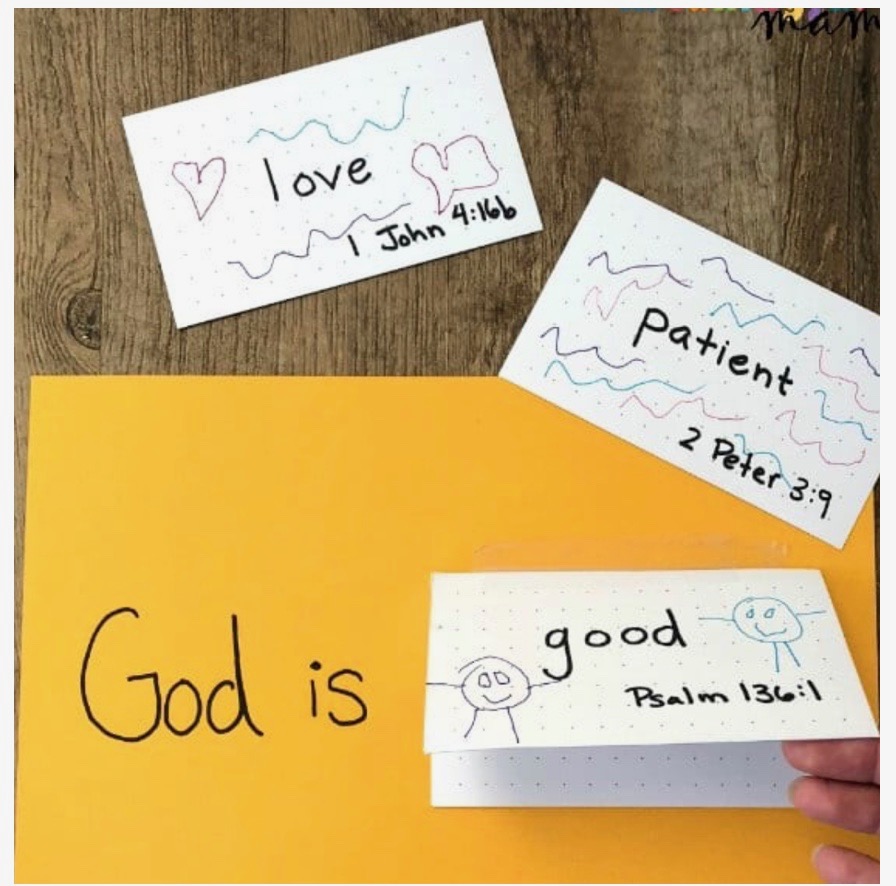
Positive Social-Emotional Skills
The teachers shared common themes that connected faith-based learning to positive social-emotional skills, a culture of kindness and collaboration, and a safe learning environment. Christian morals set children up for a lifetime of success. Between the ages of two and five, children begin to display morally-based behaviors and beliefs (McKay, 2014). When children are in settings where they are taught these morals, their social-emotional skills and their daily behaviors are impacted. The teachers who explicitly taught Christian values and spoke openly about faith daily in the classroom saw an increase in positive social-emotional behaviors when they compared their experiences in faith-based classrooms to other teaching environments.
In faith-based classrooms, early childhood educators serve as role models in faith by teaching the values of Christianity, establishing trusting relationships where children can reflect on actions and learn from mistakes, and encouraging kindness and friendship (Holloway, 2006). The teachers noted that most of the children in their faith-based classrooms excelled at turn-taking, sharing, and using of kind manners. They shared that children as young as three-years-old could manage their emotions and problem solve when frustrated or upset. They attributed this to both teaching those Christian morals as well as children feeling they are cared for and safe in their classrooms. Children are instructed to calm down, take deep breaths, and pray. They are respected as valuable members of the classroom and are taught how to handle their emotions in a constructive way. The teachers in the classroom model appropriate behaviors and guide them through the process.
Culture of Kindness and Gratitude
Learning about God and listening to Bible stories at an early age helps children to develop empathy (Oswalt, 2021). This increases their understanding of other’s perspectives and leads to more productive and positive communication. The graduate students mentioned that children are taught forgiveness at a young age. We all sin, and everyone makes mistakes, but we must forgive one another.
In faith-based classrooms, children are taught to live like Jesus. At a young age, students are taught about gratitude and focus on being thankful for what they have. Through a variety of projects, they provide service to others. A common theme shared was service-based learning projects, in which the children collected donations for others, created art for others, or did a variety of good deeds around the school.
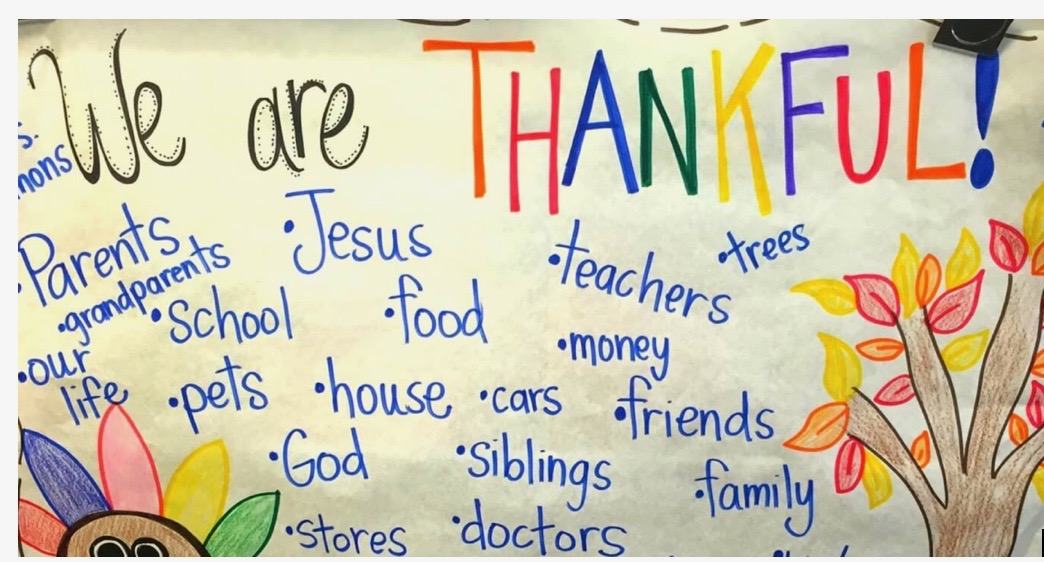
Safe learning environment
Faith-based early childhood classrooms provide our youngest learners with a safe emotional and spiritual environment. Children are taught to be respectful and to love one another and conflicts are discouraged. The children are taught that bullying is not kind and practice different ways to solve problems as they arise. The teachers in the focus groups mentioned that students are consistently allowed to be themselves and to express their ideas freely without being judged by their schoolmates or teachers.
Specifically mentioned were the children who had experienced high levels of stress and trauma in their lives. Teachers shared that part of creating a safe environment included teaching children to trust in God, which led to less anxiety in the classroom setting. Young children experience big emotions. One shared a story where the child who had experienced several challenges came to school crying and the difference it made when during their opening routine when the teacher asked for petitions, someone prayed that she had a better day.
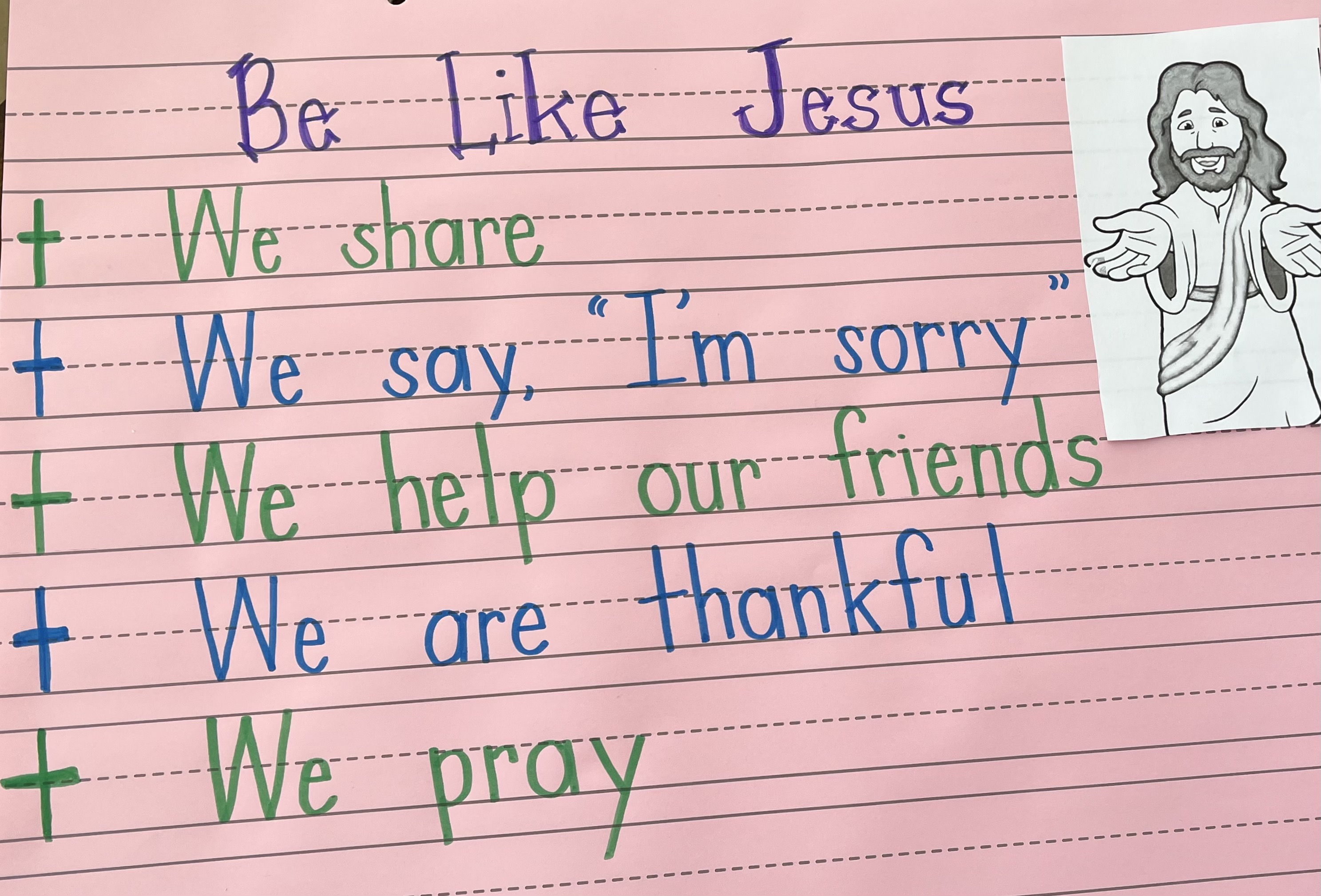
Although the majority of the focus group participants were employed in faith-based settings at the time of the discussions, the consensus of the group was that these values can still be instilled in our youngest learners in a public-school setting. When teachers cannot lead the class in prayer or directly speak about Jesus and His teachings, they still find ways to model kindness, compassion, and other key values from the Bible.
About the Author
Dr. Jennifer Sturgeon is a Master of Education Instructor in Northwestern's online M.Ed. program and consults with administrators and teachers across the country who are using curriculum and assessment materials produced by Teaching Strategies, LLC, and trains staff on the best practices for early childhood education.

